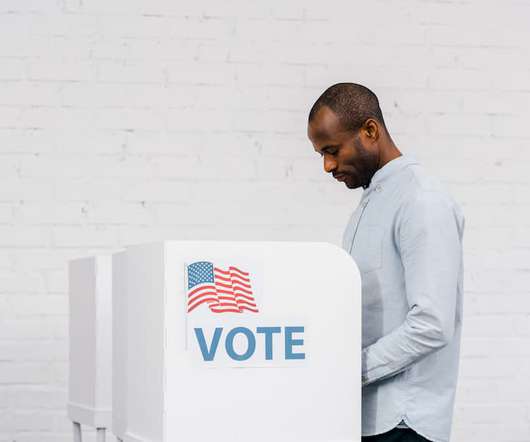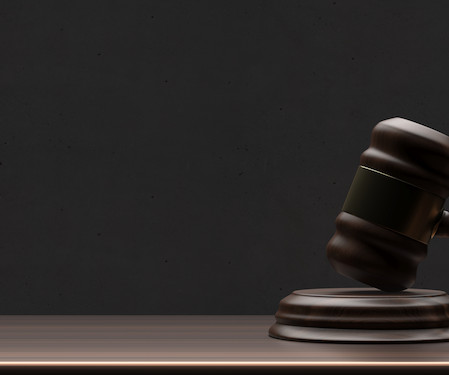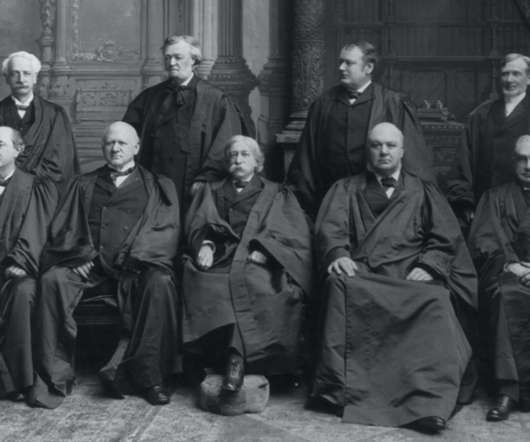US Supreme Court Greenlights Alabama Voting Map
Constitutional Law Reporter
FEBRUARY 28, 2022
Supreme Court allowed Alabama to implement a congressional redistricting map that includes only one district with a majority of Black voters. While a lower court agreed with challengers that the map constitutes illegal racial gerrymandering, the Supreme Court granted a stay, effectively putting the order on hold.


















Let's personalize your content